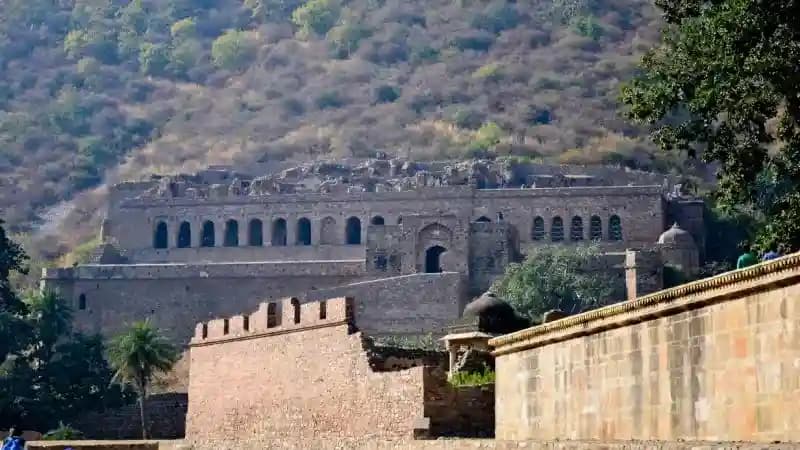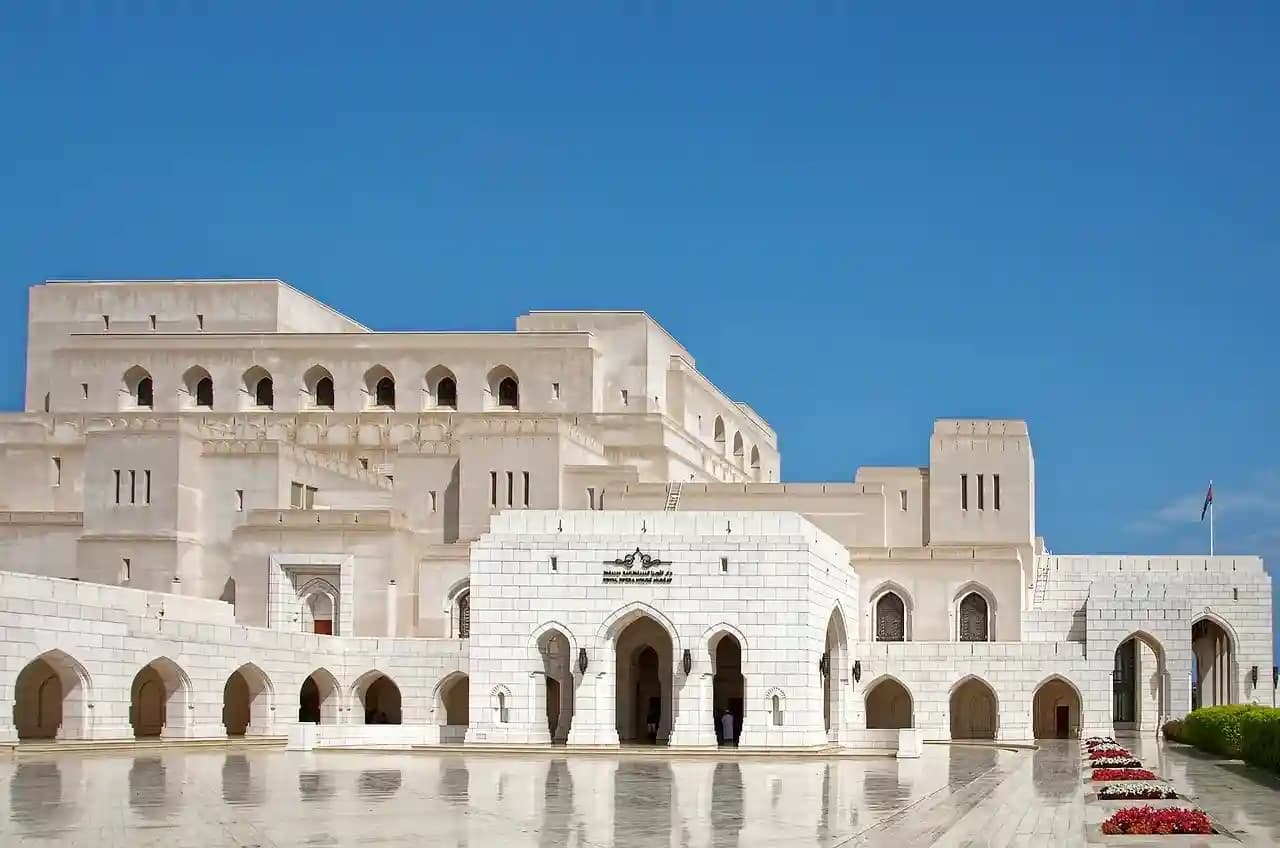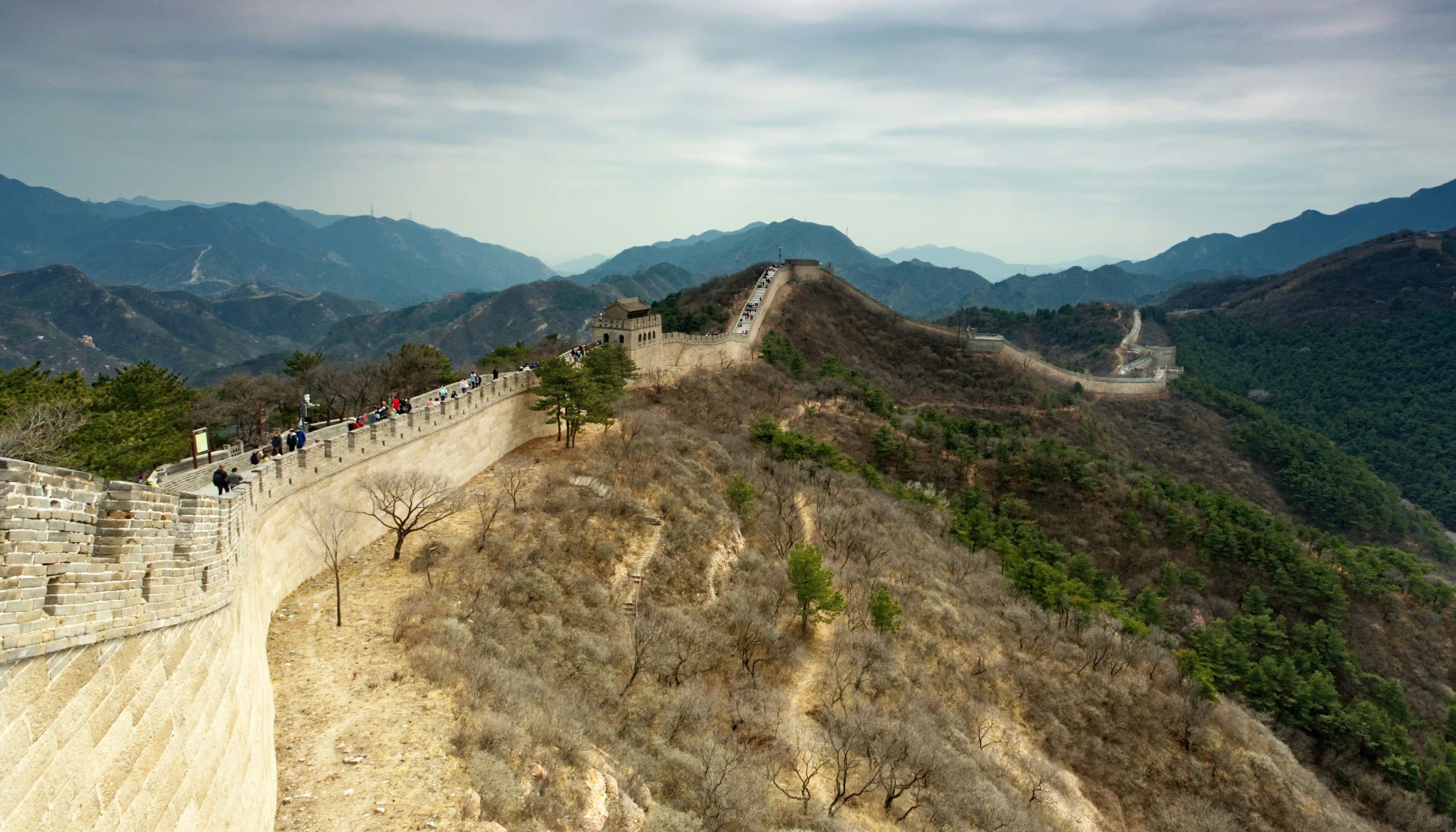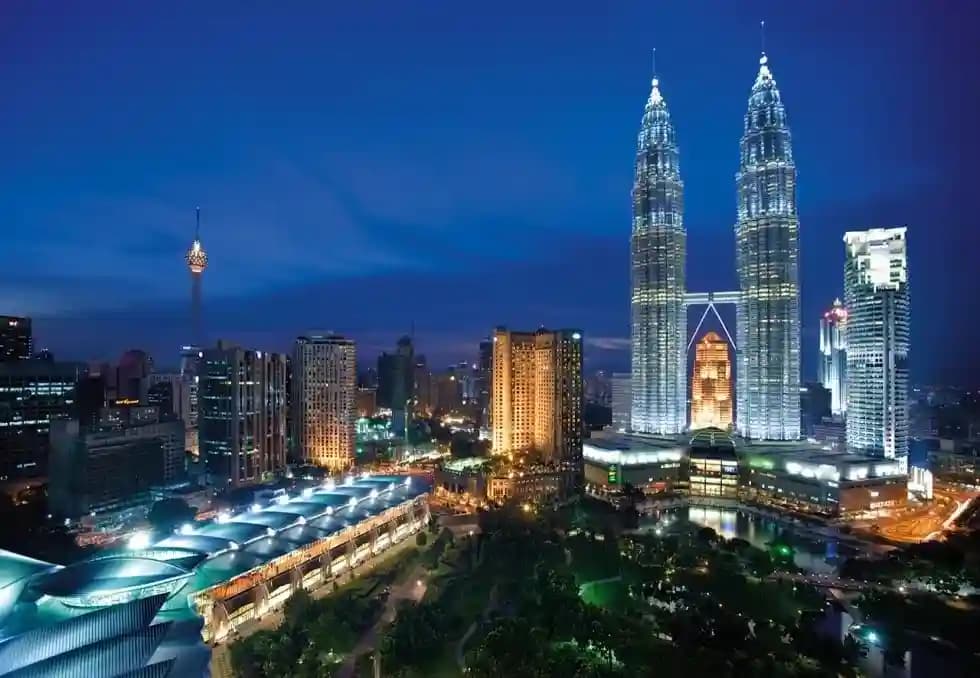In our pursuit of adventure and discovery, we regularly find ourselves attracted to the sector's maximum dangerous places. These locations, at the same time as offering breathtaking scenery and precise cultural reviews, additionally give vast risks that ought to be cautiously considered. Whether it's the treacherous peaks of the Himalayas, the politically volatile areas of the Middle East, or the wildlife-infested jungles of South the US, every region on this listing has earned its recognition for risk through an aggregate of natural and human-caused threats. Know-how those risks is vital for anybody making plans to go to those locations, as it is able to mean the difference between a memorable journey and a catastrophic incident. Additionally, a lot of these places are plagued with the aid of excessive crime quotes, gang violence, or the presence of terrorist groups, making them hazardous not just for travelers but additionally for locals who navigate those threats each day.
Regardless of the risks, the appeal of those locations remains sturdy for plenty adventurers and thrill-seekers. but, it's far vital to approach those locations with a deep appreciation for the dangers concerned and a commitment to protection. This unique manual explores 50 of the dangerous places in the world, highlighting the unique dangers of each and providing crucial data for those bold enough to explore these perilous yet captivating locations.
50 Most Dangerous Places In The World
Here are the certain exploration delves into the 50 most dangerous locations in the world, highlighting the specific demanding situations and dangers each region gives. Whether due to herbal screw ups, excessive climate, flora and fauna, or human conflicts, those regions call for caution and appreciation.
1. Syria
Syria, a country rich in historic history and cultural heritage, has been embroiled in a devastating civil struggle since 2011. The battle has induced immense suffering, with big destruction, displacement, and loss of lifestyles. The humanitarian disaster is excessive, with millions of Syrians living as refugees or in internally displaced camps. Violence from diverse factions, consisting of the Syrian authorities, rebellion corporations, and extremist businesses, continues to plague the country.
Why Dangerous: Battle and ongoing struggle
2. Snake Island, Brazil
Ilha da Queimada Grande, usually referred to as Snake Island, lies off the coast of Brazil and is home to one of the international's deadliest snake species, the Golden Lancehead Viper. The venom of this snake is so amazing that it can cause intense tissue harm and even dying. The Brazilian government has banned site visitors to the island to guard both the public and the endangered snake population.
Why Dangerous: Particularly venomous snakes
3. Danakil wasteland, East Africa
The Danakil desolate tract, positioned in components of Ethiopia, Eritrea, and Djibouti, is one of the freshest and most inhospitable places on the earth. Temperatures often exceed 50°C (122°F), and the region is known for its poisonous gasses emitted by volcanic activity and geysers. The barren region is likewise marked with the aid of political instability and the presence of armed organizations, adding to the risks.
Why Dangerous: Intense warmth, toxic gasses, and potential for war
4. Sahel, North Africa
The Sahel place stretches across the northern edge of the African continent, bordering the Sahara wasteland. This location faces excessive droughts and desertification, exacerbated with the aid of weather trade and human activities. The resulting scarcity of assets ends in food, lack of confidence and conflicts among communities. In addition, the presence of terrorist corporations similarly destabilizes the place.
Why Dangerous: Drought, famine, and terrorism
5. Oymyakon, Russia
Oymyakon, a far off village in Siberia, holds the record for the lowest temperature ever recorded outdoors Antarctica, reaching -seventy one.2°C (-ninety six.2°F). The intense bloodlessness poses huge challenges to each day's lifestyles, affecting transportation, infrastructure, and fitness. Frostbite and hypothermia are regular threats, and the isolation provides the problem of living in these harsh surroundings.
Why Dangerous: extreme cold
6. Alagoas, Brazil
Alagoas, a coastal kingdom in northeastern Brazil, is notorious for its excessive crime charges, especially homicides. The country struggles with poverty, drug trafficking, and gang violence, making it one of the most risky areas in Brazil. The dearth of effective law enforcement and social offerings exacerbates the scenario, mainly to common violent crimes.
Why Dangerous: High crime rates
7. Monrovia, Liberia
Monrovia, the capital of Liberia, is home to the West factor slum, which faces excessive challenges, including poverty, crime, and sickness. The densely populated area lacks primary sanitation and healthcare facilities, leading to common outbreaks of cholera and different diseases. Moreover, flooding and pollutants worsen the dwelling situations, making survival in the West factor especially hard.
Why Dangerous: Poverty, crime, and sickness
8. Mount Sinabung, Indonesia
Mount Sinabung, located on the Indonesian island of Sumatra, is one of the most lively volcanoes in the world. Its common eruptions have prompted giant destruction, displacing hundreds of humans and claiming lives. The volcanic ash and pyroclastic flows pose critical health dangers and damage agriculture, making the encircling regions unsafe.
Why Dangerous: Volcanic eruptions
9. North Korea
North Korea, below the guideline of a totalitarian regime, is one of the most remote and repressive international locations within the global. The authorities' sporting events strictly manipulate over its residents, with excessive punishments for minor offenses. The dearth of simple freedoms, coupled with the hazard of political imprisonment, makes North Korea an incredibly risky vicinity, mainly for foreigners who may inadvertently violate nearby laws.
Why Dangerous: Repression and human rights violations
10. Skeleton Coast, Namibia
The Skeleton Coast, stretching alongside Namibia's Atlantic coast, is infamous for its treacherous conditions. Shipwrecks muddle the shoreline, a testimony to the risky sea situations. The desert's excessive weather, with dense fog and robust winds, makes navigation tough. The location is likewise home to predators consisting of lions and hyenas, adding to the risks for folks that mission there.
Why Dangerous: Harsh surroundings and threatening flora and fauna
11. Lake Natron, Tanzania
Lake Natron in Tanzania is thought for its extraordinarily alkaline waters, with a pH level above 12 and temperatures accomplishing up to 60°C (a hundred and forty°F). The lake's unique chemical composition can calcify the remains of animals and birds that come into contact with it. The high alkalinity also can motivate intense burns to human skin, making it a dangerous area.
Why Dangerous: Corrosive waters
12. Guatemala, vital the usa
Guatemala is a rustic of stunning natural splendor but is also plagued by high crime rates and herbal screw ups. The U.S. stories frequent earthquakes, hurricanes, and volcanic eruptions. The 1976 earthquake, which claimed 23,000 lives, is a stark reminder of the location's vulnerability. Moreover, gang violence and drug trafficking contribute to the high levels of crime, making it a dangerous place to stay and visit.
Why Dangerous: Crime and natural screw ups
13. Naples, Italy
Naples, a historic town close to Mount Vesuvius, faces the threat of an eruption from the Campi Flegrei supervolcano. Scientists warn that even a minor eruption ought to have catastrophic consequences for the densely populated region. The town also grapples with prepared crime, in particular from the Camorra, adding to the dangers.
Why Dangerous: Volcanic eruptions and organized crime
14. Sanaa, Yemen
Sanaa, the capital of Yemen, is deeply suffering from the continued civil conflict. frequent bombings, armed clashes, and acts of terrorism make it one of the most risky cities within the global. The humanitarian crisis is excessive, with widespread malnutrition and lack of admission to fundamental offerings. The instability and violence have displaced hundreds of thousands, creating dire situations.
Why Dangerous: Conflict and terrorism
15. Mailu Suu, Kyrgyzstan
Mailu Suu, a city in Kyrgyzstan, is one of the maximum radioactive locations on earth because of its records as a uranium mining website. The place is liable to natural failures along with earthquakes and landslides that may disturb the radioactive waste, increasing the danger of contamination. The mixture of radiation and environmental risks makes it a pretty risky location.
Why Dangerous: Radiation and herbal failures
16. Manaus, Brazil
Manaus, placed in the heart of the Amazon rainforest, faces risks from both crime and the surrounding environment. The metropolis has excessive crime prices, with common incidents of violence and theft. Moreover, the Amazon River and rainforest are home to dangerous flora and fauna, such as piranhas, anacondas, and poisonous insects, posing risks to people who explore the location.
Why Dangerous: Crime and dangerous natural world
17. Dallol, Ethiopia
Dallol, regarded for its excessive warmth and tonic glasses, is one of the most up to date inhabited places on earth. Temperatures frequently jump above forty five°C (113°F), and the place is marked via geothermal interest, which releases dangerous gasses along with sulfur dioxide. The tough and isolated environment makes it tough for inhabitants to sustain themselves.
Why Dangerous: Severe warmth and poisonous gasses
18. Bermuda Triangle, North Atlantic
The Bermuda Triangle, a location within the North Atlantic Ocean, has received notoriety for the mysterious disappearances of ships and planes. While many incidents were attributed to human mistakes and herbal phenomena, some cases remain unexplained, adding to the area's mystique and perceived danger.
Why Dangerous: Mysterious disappearances
19. Lake Nyos, Cameroon
Lake Nyos is a crater lake in Cameroon recognized for its lethal limnic eruptions. In 1986, an unexpected launch of carbon dioxide from the lake suffocated over 1,seven-hundred human beings and lots of livestock. The danger of another such event stays, making the area around Lake Nyos risky.
Why Dangerous: Volcanic fuel emissions
20. North Sentinel Island, India
North Sentinel Island is inhabited by means of the Sentinelese, one of the closest uncontacted tribes in the international. The tribe is understood for its hostility closer to outsiders, often attacking anybody who tries to land on the island. The Indian authorities have prohibited travel to the island to guard each tribe and traffic.
Why Dangerous: Hostile population
21. Burkina Faso, West Africa
Burkina Faso has experienced a surge in terrorist attacks and kidnappings in recent years. Armed groups frequently target civilians, government officers, and foreigners, leading to big fear and instability. The violence has displaced masses of hundreds of people, exacerbating the humanitarian crisis.
Why Dangerous: Terrorism
22. Haiti
Haiti is pretty vulnerable to herbal disasters, such as hurricanes, earthquakes, and floods. The 2010 earthquake caused big destruction and lack of existence, highlighting the u. ' s .'s susceptibility to seismic activity. Moreover, political instability and poverty make a contribution to the challenges confronted by the means of its residents.
Why Dangerous: Herbal screw ups and political instability
23. The Darien hole, Panama/Colombia
The Darien gap, a dense jungle vicinity between Panama and Colombia, is known for its risky terrain and presence of criminal groups. The region lacks roads and infrastructure, making it almost impassable. Human traffickers and armed businesses function within the vicinity, posing large dangers to the ones trying to pass.
Why Dangerous: Dangerous terrain and crook pastime
24. Dying Valley, U.S.A.
Dying Valley, located in California, is one of the hottest places in the world, with temperatures frequently exceeding 50°C (122°F). The extreme warmth and arid situations make it a hazardous place, specially for those unprepared for the tough surroundings. Dehydration and heatstroke are constant threats.
Why Dangerous: Intense heat
25. Iraq
Iraq keeps suffering from violence and instability following years of warfare. Terrorist assaults, armed clashes, and sectarian violence are not unusual, making the use extremely risky. The presence of unexploded ordnance and landmines adds to the risks, especially in struggle-torn regions.
Why Dangerous: Warfare and terrorism
26. Mount Washington, america
Mount Washington in New Hampshire is understood for its unpredictable and severe weather situations. The mountain holds the report for the very best wind velocity ever recorded at 231 mph (372 km/h). sudden adjustments in weather, which includes extreme bloodless and high winds, make climbing the mountain perilous.
Why Dangerous: Severe climate
27. Afghanistan
Afghanistan stays one of the most dangerous countries because of ongoing warfare and terrorism. The Taliban and other militant organizations often carry out attacks, causing substantial worry and instability. The United States's risky political state of affairs and the presence of landmines and unexploded ordnance in addition contribute to the risks.
Why Dangerous: Struggle and terrorism
28. South Sudan
South Sudan has been plagued by civil conflict and ethnic violence since gaining independence in 2011. The struggle has caused monstrous suffering, with tremendous displacement and a severe humanitarian disaster. The lack of infrastructure and fundamental services exacerbates the problems faced by the population.
Why Dangerous: Civil War
29. Rio de Janeiro, Brazil
Rio de Janeiro is renowned for its beautiful beaches and colorful tradition, but it also has a high crime fee. Favelas, or slums, are often managed through drug gangs, and violence is frequent. vacationers are prone to theft, assault, and different crimes, making protection a vast problem.
Why Dangerous: High crime charge
30. Mount Everest, Nepal
Mount Everest, the best peak internationally, draws climbers from around the globe. but, the ascent is fraught with dangers, along with severe altitude, harsh climate, and the risk of avalanches. Many climbers have misplaced their lives trying to reach the summit, making it one of the most perilous adventures.
Why Dangerous: Excessive altitude and climate
31. Mogadishu, Somalia
Mogadishu, the capital of Somalia, is a metropolis marked by means of ongoing conflict and instability. Terrorist attacks via corporations like al-Shabaab are frequent, targeting civilians, government buildings, and foreign pursuits. The shortage of a strong government and considerable poverty contribute to the city's dangers.
Why Dangerous: Terrorism and instability
32. Mount Merapi, Indonesia
Mount Merapi, an energetic volcano in Indonesia, is one of the most dangerous in the world. common eruptions have precipitated vast loss of existence and property. The volcano's pyroclastic flows, lava, and ash clouds pose extreme dangers to the encompassing communities.
Why Dangerous: Volcanic eruptions
33. Mogadishu, Somalia
Mogadishu, the capital of Somalia, often stories bombings and armed struggle. Terrorist companies like al-Shabaab perform within the area, concentrated on authorities buildings, lodges, and public areas. The ongoing violence and instability make it one of the most risky towns within the global.
Why Dangerous: Terrorism and violence
34. Chernobyl, Ukraine
Chernobyl's exclusion region remains a high-radiation area following the catastrophic nuclear twist of fate in 1986. whilst a few regions had been opened to tourists, lingering radiation makes extended exposure risky. The ghost metropolis of Pripyat serves as a stark reminder of the catastrophe's impact.
Why Dangerous: Radiation
35. Atacama desert, Chile
The Atacama wilderness is the driest place on this planet, with a few areas receiving no rainfall in any respect. The extreme aridity and cruel conditions make survival difficult. The barren region's isolation and shortage of water sources pose full-size demanding situations to any who project into its expanse.
Why Dangerous: Intense aridity
36. Guatemala city, Guatemala
Guatemala town is known for high crime fees, consisting of violent gang activity and murders. The city’s unstable environment poses widespread risks to residents and traffic. Kidnappings, armed robberies, and assaults are not unusual, making safety a prime subject.
Why Dangerous: Crime
37. Karachi, Pakistan
Karachi, Pakistan’s largest metropolis, suffers from political instability, terrorism, and high crime costs. frequent bombings, goal killings, and violent avenue crimes make a contribution to the metropolis's risks. The constant threat of violence makes it a risky vicinity for both residents and traffic.
Why Dangerous: Crime and terrorism
38. Siberian wilderness, Russia
The significant Siberian desolate tract is a place of intense bloodlessness and isolation. Surviving within the harsh weather and far off areas is exceptionally challenging. Temperatures can drop beneath -50°C (-58°F), and the dearth of infrastructure makes rescue operations hard in case of emergencies.
Why Dangerous: Severe bloodless and isolation
39. The Amazon Rainforest, South the united states
The Amazon Rainforest is filled with lethal creatures, which includes poisonous snakes, spiders, and carnivorous fish. The dense jungle and remote regions make it risky to navigate. Moreover, the danger of tropical illnesses and the dangerous natural world poses tremendous dangers to explorers.
Why Dangerous: Risky natural world
40. Kabul, Afghanistan
Kabul is a metropolis fraught with violence and political instability. Bombings, kidnappings, and terrorist attacks are commonplace, making it a deadly location to visit. The continuing conflict among authorities forces and militant businesses provides for the risks confronted by citizens and traffic alike.
Why Dangerous: Struggle and terrorism
41. Vital African Republic
The vital African Republic is plagued by civil struggle, armed conflict, and intense instability. The presence of rebellion agencies and the continuing violence make it extraordinarily dangerous. Humanitarian crises, which include displacement and food insecurity, in addition compound the dangers.
Why Dangerous: Civil War
42. Vanuatu, South Pacific Ocean
Vanuatu is vulnerable to natural disasters, inclusive of earthquakes, volcanic eruptions, and cyclones. These frequent and intense events make it a risky area to stay. The island nation's vulnerability to climate trade exacerbates the effect of these herbal risks.
Why Dangerous: Natural screw ups
43. Jap Ukraine
The continued struggle in eastern Ukraine has made it a dangerous location with common skirmishes and artillery fire. The instability and violence pose significant dangers to anybody inside the vicinity. The presence of landmines and unexploded ordnance adds to the risks.
Why Dangerous: War
44. Mali, West Africa
Mali faces terrorism and armed struggle, especially within the northern areas. The threat of violence from extremist businesses, which includes kidnappings and attacks, makes it a dangerous location for residents and tourists. The lack of effective authorities exacerbates the instability.
Why Dangerous: Terrorism
45. Somalia
Somalia is one of the most risky countries because of its long-status civil warfare and the presence of terrorist businesses like al-Shabaab. The violence and instability make it a deadly region. frequent bombings, kidnappings, and clashes between armed agencies make a contribution to the dangers.
Why Dangerous: Civil struggle and terrorism
46. Victoria Falls, Zimbabwe/Zambia
Victoria Falls, while a stunning herbal marvel, is also extremely risky. The excessive volumes of water and powerful currents can be lethal for folks who assign too near. The hazard of drowning and the presence of dangerous wildlife, which include crocodiles, add to the risks.
Why Dangerous: Powerful currents
47. Port Moresby, Papua New Guinea
Port Moresby is understood for excessive crime fees, such as armed robbery and gang violence. The hazardous environment makes it one of the most dangerous cities. The shortage of effective law enforcement and enormous poverty contribute to the superiority of crime.
Why Dangerous: Crime
48. Western Sahara
Western Sahara is a disputed territory with common skirmishes and armed warfare between Moroccan forces and the Polisario front. The continued war makes it a risky vicinity. The presence of landmines and the tough desolate tract surroundings add to the dangers.
Why Dangerous: Armed battle
49. Honduras
Honduras has one of the maximum homicide rates within the world, driven by gang violence and drug trafficking. The enormous crime makes it a totally risky place. Kidnappings, extortion, and violent crimes are not unusual, posing full-size dangers to residents and traffic.
Why Dangerous: Crime
50. Ciudad Victoria, Mexico
Ciudad Victoria, plagued by means of cartel violence, has an incredibly excessive murder rate. The consistent danger of violence and crook hobby makes it one of the most risky places. Kidnappings, shootouts, and organized crime are accepted, developing an exceedingly dangerous environment.
Why Dangerous: Cartel violence
Conclusion
Exploring the world's maximum dangerous locations calls for a combination of braveness, preparation, and respect for the inherent dangers. Traveling to these dangerous locations may be an interesting however volatile enterprise. Even as a few may also offer precise reports and breathtaking surroundings, it's important to recognize and appreciate the inherent risks. Whether or not because of natural dangers, the natural world, or human conflict, every one of these dangerous places in the world demands careful attention and education for individuals who dare to visit.
For people who are undeterred by way of the dangers and have decided to mission into these dangerous territories, meticulous planning and guidance are critical. This includes understanding the particular risks associated with every vacation spot, securing reliable nearby guides, and making sure to get admission to emergency assets. By means of taking those precautions, adventurers can better protect their well-being at the same time as nonetheless experiencing the great splendor and precise cultures those places offer.
In the long run, the choice to explore those dangerous places in the world should now not be taken gently. It's miles a call to movement for responsible travel and a reminder of the importance of respecting both the electricity of nature and the complexities of human war. For those equipped to just accept the undertaking, the rewards can be colossal, however so too are the obligations that include venturing into the arena's most perilous locations.












































